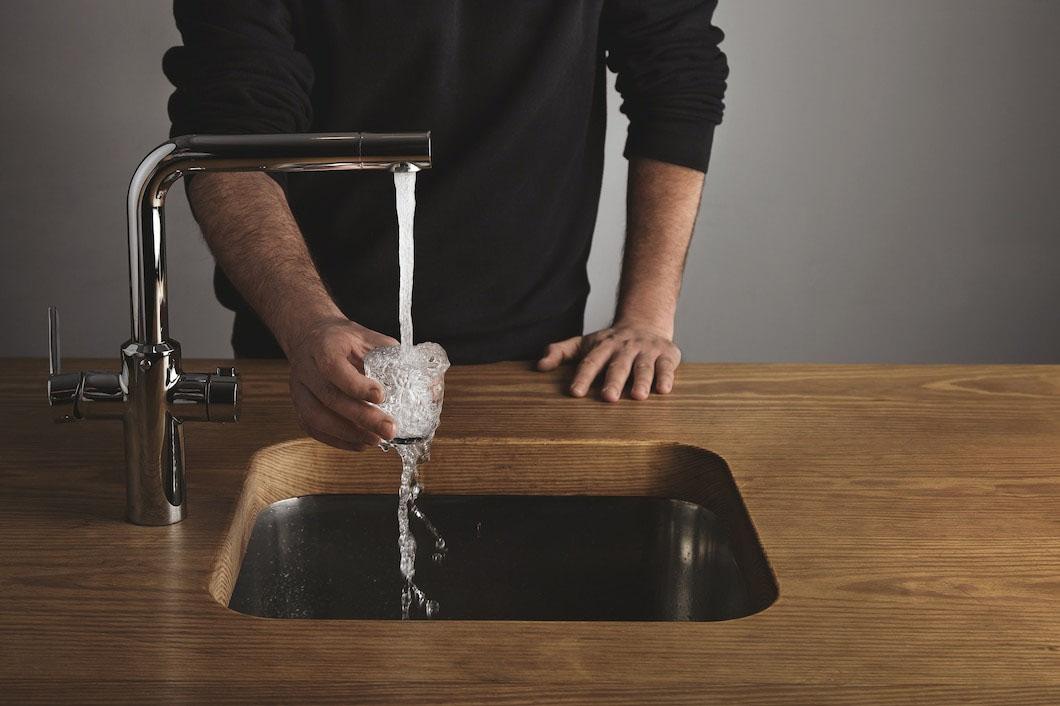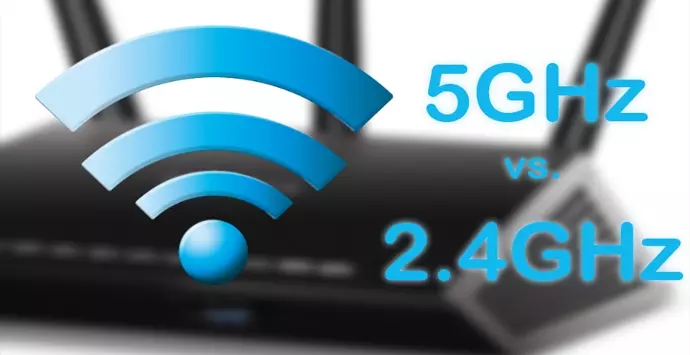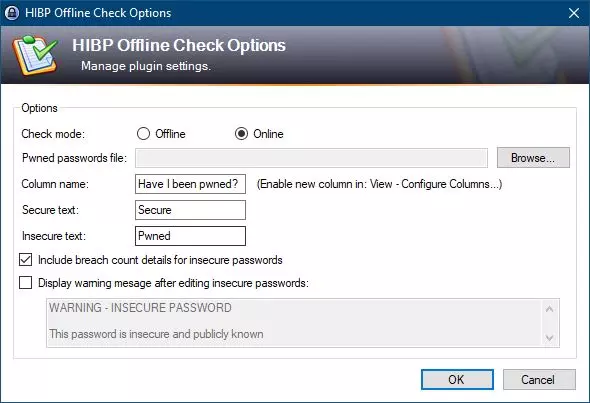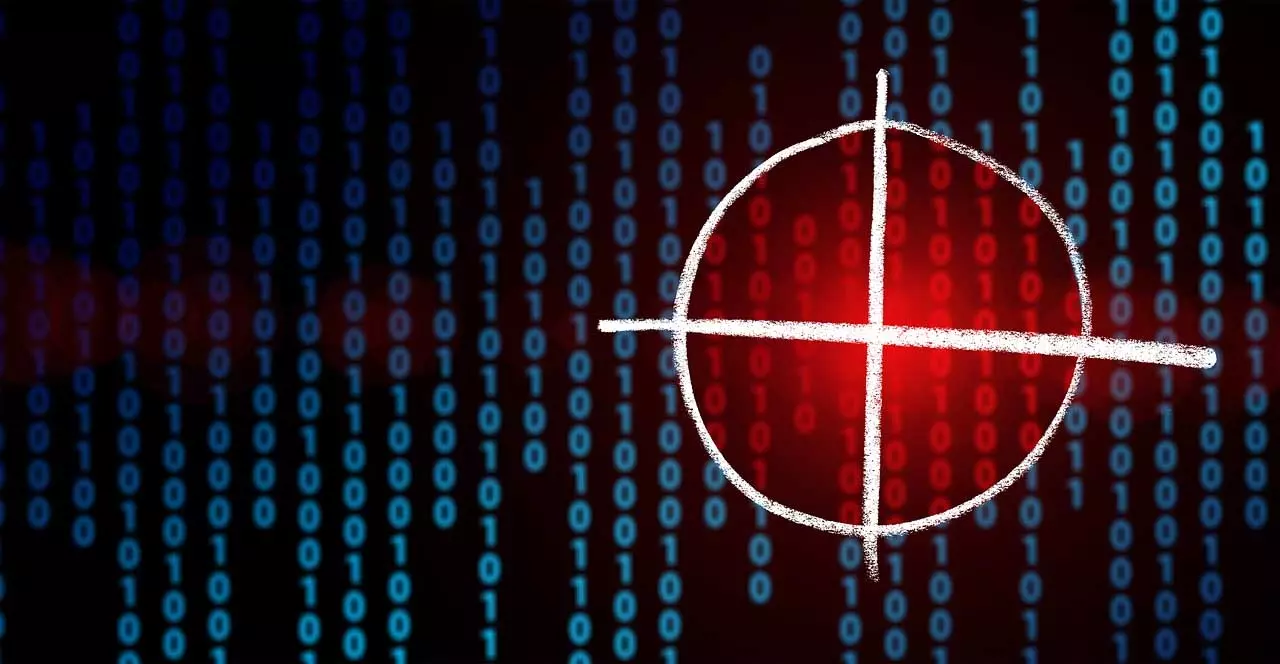
Home automation and water saving
Having a smart home means that we are using devices and appliances that can better optimize resources. For example, maintaining the temperature, creating programs to wash the dishes in a more optimal way, saving electricity with Wi-Fi light bulbs… We can also achieve this in the case of water.
sensor faucets
One of the options you can use to save water at home is to use taps with sensors. The way it works is very simple: they are activated only when you pass your hand over the sensor. You can see them in many places such as restaurants, airports, shopping malls… The goal is to save water and not waste it.
In addition to saving water, you will also gain comfort. You do not need to activate the faucet manually to open and close it, but simply that the sensor detects that you have put your hand. It is also very useful in the kitchen, to wash food continuously without having to turn the tap on and off.
Automatic watering
If you have a garden at home or just some pots, you will see that they consume a lot of water. You’ll have to to water constantly, especially in the hot months. But you can optimize that risk. You don’t need to spend time every day getting a hose and watering or filling a watering can.
In this case, home automation helps to install automatic irrigation and that you can also program and optimize. The most modern and intelligent will have sensors that measure soil moisture and temperature to know when and how much to water and thus not waste water unnecessarily.
Moisture and flood sensors
In this case it is sensors that you can install in your home so that it warns you in case it detects humidity or even floods. Maybe you have a pipe in poor condition and constantly leaking water or a leak that lets water come out when you shower or use an appliance that uses water.
In this way, if you detect any problem, you can take action and avoid spending more water than necessary. You can save on the bill each month and have lower consumption, in addition to being more aware of the cost of a commodity as precious as water.
smart home appliances
You can install smart appliances of different types, such as a washing machine or dishwasher. For many years these appliances have had “Eco” programs, not only saving electricity but also saving enough water to save money and resources for everyone. It is very important that you always use these most optimized programs.
In this case, home automation does not come into play, because even with somewhat old washing machines or dishwashers from a couple of years ago, they incorporate these “Eco” programs. However, you could monitor with smart plugs how much your washing machine is consuming in a certain program, or how much your dishwasher consumes.
smart thermostats
One of the largest consumptions of water is at the time of heat sanitary water. For example, when you take a shower, cold water may come out and you are wasting it until it appears hot. This can mean that in the winter months you spend a lot of water without being necessary. If you use a water recirculation system you can prevent this from happening, although logically you will spend gas heating the water in recirculation, but you will save a lot of water, which is a scarce commodity. To do this, you will have to install a DHW recirculation pump and connect it to the boiler.
What a smart thermostat does is keep the temperature stable and make better use of available resources. It will consume less and it will allow you to have the water at a good temperature when you need it.



